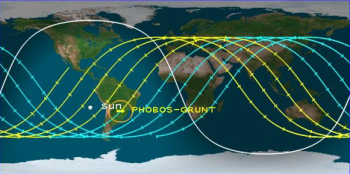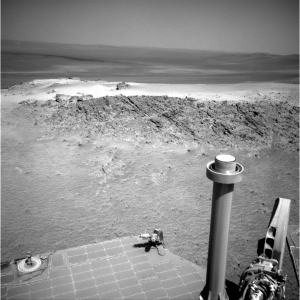Engineers have gone to a back up radio system on Cassini after a primary unit did not respond as expected in late December.
Engineers have gone to a back up radio system on Cassini after a primary unit did not respond as expected in late December.
The cause is still under investigation, but age may be a factor. The spacecraft launched in 1997 and has orbited Saturn since 2004. Cassini completed its prime mission in 2008 and has had two additional mission extensions. This is the first time its ultra-stable oscillator has had an issue.
Engineers have gone to a back up radio system on Cassini after a primary unit did not respond as expected in late December.
The cause is still under investigation, but age may be a factor. The spacecraft launched in 1997 and has orbited Saturn since 2004. Cassini completed its prime mission in 2008 and has had two additional mission extensions. This is the first time its ultra-stable oscillator has had an issue.


